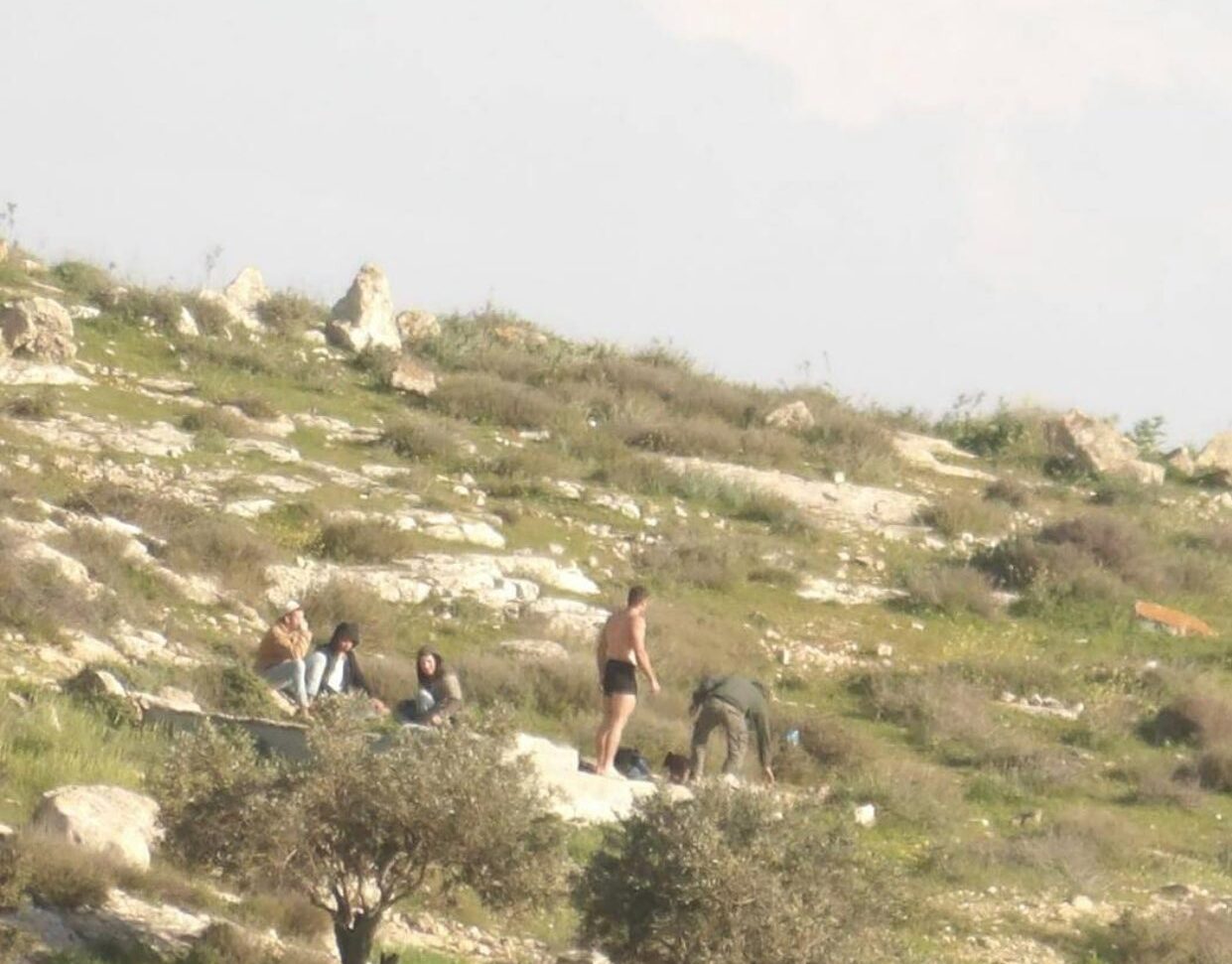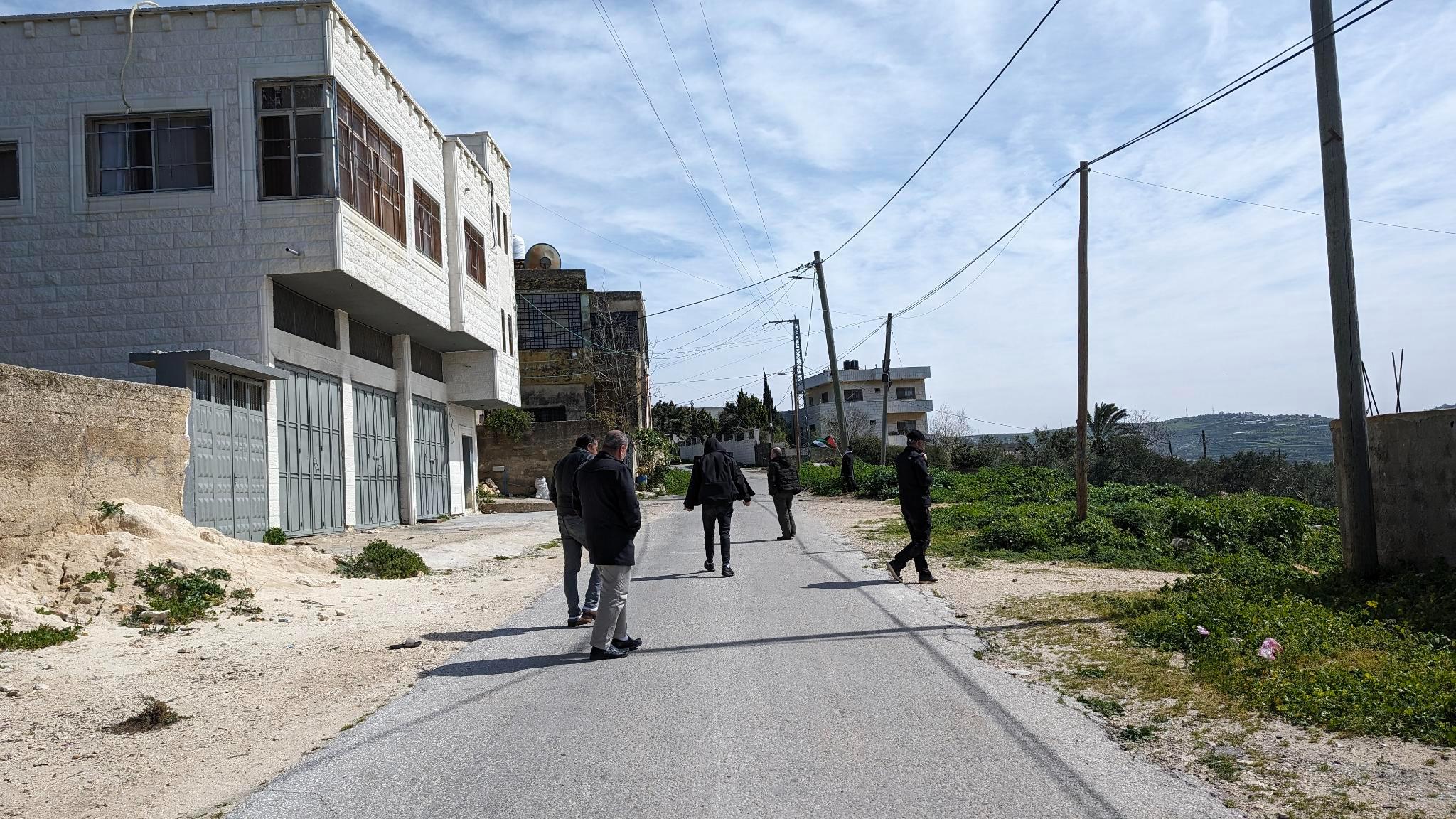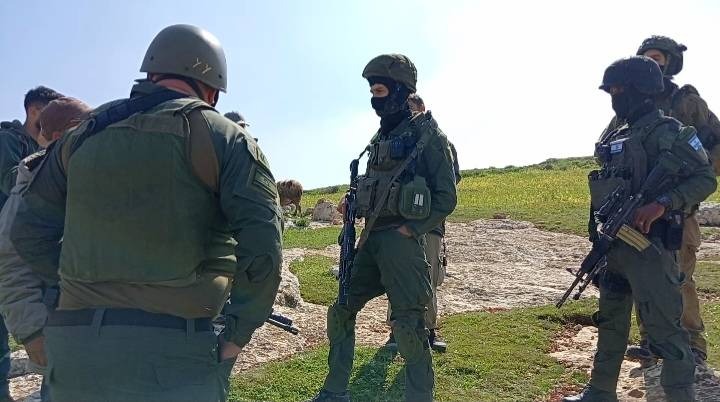-

The Many Faces of Ethnic Cleansing and Land Grab
06 March 2024 | International Solidarity Movement | Masafer Yatta A few days ago, villagers of Khallet Adabaa stood at the edge of their village and watched two illegal Israeli settlers driving on motorbikes up and down the hills surrounding the village – all of it private Palestinian land. Earlier in the day, settlers […]
-

“We Have Suffered Too Much”: Friday Protests Continue in Kafr Qaduum
1 March 2024 | International Solidarity Movement | Kafr Qaduum It is Friday, and the call to prayer is heard in the rural village of Kafr Qaduum, West of Nablus in the northern part of the West Bank. The streets are quiet, empty except some children playing and a few cars heading early to the […]
-

Illegal Occupation and Power Abuse by Israeli Settlers in Masafer Yatta
27 February 2024 | International Solidarity Movement | Masafer Yatta On February 25th, armed illegal Israeli settlers and border police approached and violently argued with Palestinian shepherds in Al-Rakeez, Masafer Yatta, driving them away from their land. Two Palestinian shepherds were grazing their flocks at the top of a hill, where they have been recently […]
Action Alert An Nabi Saleh Apartheid Wall Arrests BDS Bethlehem Bil'in Cast Lead Demonstration Denial of Entry Ethnic Cleansing Farmers Gaza Global Actions Hebron House Demolition International law Israeli Army Jerusalem Live Ammunition Nablus Ni'lin Prisoner Ramallah Rubber-coated steel bullets Settlement Settlers Settler violence Tear-Gas Canister Video
